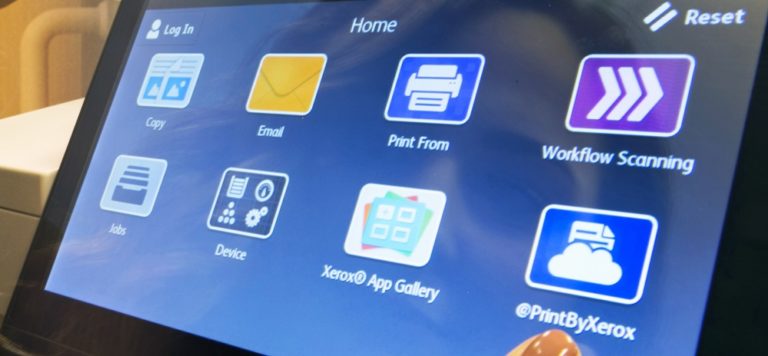By Sachin Shenolikar
(From the editor: This article was first published on RealBusiness.com, a website from Xerox that provides ideas and information for decision-makers in business and government.)

When it comes to tweaking healthcare protocols, one important player’s input has traditionally not been weighed heavily: the patient. However, that is changing. Hospitals are getting into patients’ heads — in a good way.
After treatment, Medicare and Medicaid patients usually receive an HCAHPS survey in the mail. This is a method to check how hospital systems and providers are performing and whether quality of care metrics are being adhered to. While well-meaning, this system has holes. First, a patient may not expect to see the same provider again, so there’s not much incentive to respond to a survey. And second, the survey often arrives a few weeks after the treatment, so memories are hazy.
The Patient’s Voice
What if patients could use wearable devices to provide real-time feedback about their care as it was being administered? That is something researchers at PARC, a Xerox company, are studying.
Picture this: When a patient is admitted to a hospital, he is fitted with a smart watch. After each encounter with a healthcare provider, the watch vibrates, prompting him with a question about the experience. Were you satisfied with your last interaction with the nurse or doctor? Do you have any questions that were not answered? Do you understand the instructions for the medication that was just prescribed to you?
“The reason for collecting this information is because we feel that the patient’s voice is missing in the chain of care,” says Ashish Pattekar, a researcher at PARC. “Looking at this information from the patients’ view may gain valuable insights into what might be improved in their care experience.”
Immediate Feedback, Immediate Results
When processed in real-time, this feedback can help address concerns during that hospital visit, as opposed to waiting for future ones. Hospital administrators could find out about gaps in care, particularly if patients are unhappy or report things that they find objectionable. “Also, you could use the responses to predict whether certain patients are at high risk of developing complications,” says Pattekar.
Last year, PARC did a small pilot study in California to get a feel for how patients responded to this instant survey. Larger studies with more than 150 patients are planned for 2015. There is also promise beyond wearable technology in this area, namely the development of augmented reality and mind-control technology where patients will see survey questions beamed in front of their eyes and use their thoughts to submit their responses.
For now, hospitals are moving toward an understanding that a patient’s state of mind is an important variable of how they might respond to the care that’s being delivered. “People realize there is a certain value to keeping patients happy,” says Pattekar. “But also, if somebody’s state of mind is positive while they’re receiving care, it’s possible that the outcome will be better.”
Subscribe to this blog and receive email updates when we publish a new article.



